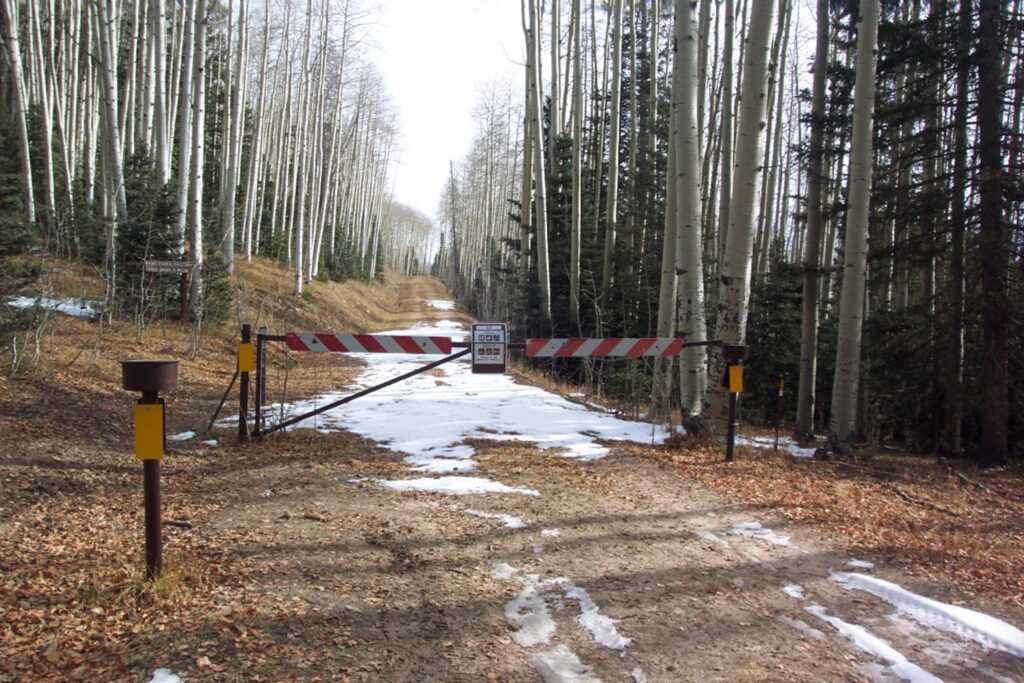Several years ago, Utah filed a suit insisting that the federal government turn over to the State 12,000 roads that cross federal lands within Utah. Few officials noticed, as disputes over who controls public roads on federal lands are nothing new. But the federal judge hearing this case just sent shock waves through Washington with an 80-page ruling containing an analysis worthy of the highest court, refusing to dismiss the case, and excoriating the government for trying to thwart the clear intent of the law.
It is at least the 10th time in recent memory that federal courts reigned in federal agencies asserting absolute authority over public roads across public lands.
The case cannot be understood without historical context. In the 19th Century, the greatest challenge in settling newly acquired western lands was the lack of any transportation systems. The Homestead and Mining Acts gave away land to people who settled it, but aside from the Oregon, Santa Fe, and Old Spanish Trails, there were few roads out West. So, the government offered railroads wide rights-of-way to build tracks, stations, water tanks, switches and other facilities just about anywhere they wanted. Congress readily subsidized surveys and expeditions to find the best routes. Whatever incentives it took to help occupy and settle the West.
Besides railroads, regular roads were also needed to get people to and from their remote towns and farms. This was a major hindrance to the government’s goal of encouraging settlement in the West, since such access roads would have to cross lands that had not yet been privatized. So, if a rancher wanted to access his farm many miles from the nearest town, must he homestead all the land in between, just to build a road? Within 4 years of the Homestead Act’s passage, it became clear that a law authorizing roads across public lands was badly needed.
Congress solved the problem by passing a simple authorization, granting anyone and everyone the right to build roads to access anything and everything. Known as Revised Statute 2477 (RS-2477), the 1866 law said plainly, “The right-of-way for the construction of highways over public lands, not reserved for public uses, is hereby granted.”
The statute was “self-enacting.” That is, rights of way were established by the very act of building a road on unreserved public lands, requiring no acknowledgement or action by any government official. That law remained in force until repealed in 1976, when Congress “reserved” all remaining federal lands for public purposes – with a clause grandfathering all existing roads built under that old law. Ever since, the government has ignored the grandfather clause, denied that roads are really roads, and closed thousands that Congress had granted. State and local governments have objected to such road closures from the beginning.
The debate begins with whether disputed roads existed before 1976, an obvious area for deference to local governments. Federal bureaucrats may have opinions on whether a particular road should be there. But surely it can be conceded that local people are more likely to know whether the road was in fact there in 1976. If it was, no federal agency has any right to close it. Believe it or not, it is not that difficult to prove, because by 1976 there were very good maps. BLM, Forest Service, U.S. Geological Survey, and all western states have printed road maps for over 100 years.

Yet since the 1990s the government has ignored old maps and refused to consider county or state certifications that specific roads predate 1976. And it has continued closing existing roads, defying several court rulings along the way.
Then-Interior Secretary Bruce Babbitt imposed a “moratorium on consideration” of RS-2477 claims from western counties, without legal authority, though blocked by federal courts and a 1996 Act of Congress. Still, BLM and the Forest Service have continued closing thousands of miles of roads with no consideration whatsoever to the legality of doing so.
In the current Utah case, federal judge Clark Waddoups wrote that if the government prevails, it “will have accomplished by policy, practice, and management plans what it cannot otherwise do under established law…” Further, he explained that “R.S. 2477 property rights determine if the State and counties will have control over their transportation systems, or whether the federal government will take that control from the State and counties for almost two-thirds of the State.”
The ongoing question is, “Who decides whether a road is public?” Now another federal court has again told the government, “Not you.”




Comments on this entry are closed.